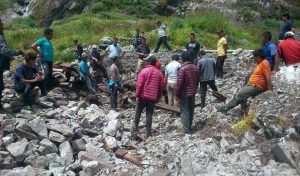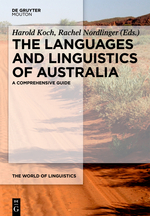A report on this month’s Melbourne Linguistics in the Pub by Ana Krajinovic (University of Melbourne / Humboldt University)
Our discussion this week was led by James Walker who asked us an intriguing question about the linguistic research areas represented in Australia. Coming from the background of studying variation and change in community languages in Toronto, James became interested in these research topics in the Australian context. Melbourne is a multilingual city, and just like in Toronto, community languages brought through immigration by non-English speakers started appearing in Melbourne in the 20th century. We asked ourselves why the linguistic diversity of different communities isn’t equally well represented in the Australian research agenda. Is the study of indigenous languages of Australia seen as inherently more valuable and, if so, why?
 Follow
Follow

